Bamboo vs. Wood Pulp Toilet Papers: Which Type to Choose
In the quest for eco-friendly alternatives, bamboo toilet paper has emerged as a popular substitute for traditional wood pulp toilet paper. As consumers become increasingly conscious of their environmental impact, understanding the differences between bamboo vs. wood pulp toilet papers is crucial for making sustainable choices. This article compares bamboo vs. Wood pulp toilet paper and key considerations for choosing between them.
What are Bamboo Toilet Papers
Bamboo toilet paper is made from the fibers of bamboo plants rather than trees. Bamboo is a type of grass that grows incredibly fast—some species can grow up to 3 feet per day. Once harvested, bamboo regenerates without the need for replanting, making it one of the most renewable resources on Earth.
Production Process
The production process typically involves:
- Harvesting bamboo stalks
- Breaking them down into pulp
- Pressing and drying the pulp into sheets
- Cutting and rolling it into toilet paper
Importantly, many brands avoid the harsh chemicals commonly found in traditional toilet paper production.
Key Benefits
- Eco-Friendly and Renewable: Bamboo grows quickly, requires no pesticides or fertilizers, and helps reduce deforestation. It also absorbs more carbon dioxide and produces more oxygen than most trees.
- Gentle on Skin: Most bamboo tissue paper is free from chlorine, fragrances, and dyes, making it hypoallergenic and ideal for sensitive skin.
- Strong and Soft: Modern bamboo toilet paper combines strength and softness. It’s naturally durable and less likely to tear while still offering a comfortable feel.
- Biodegradable and Septic-Safe: Bamboo toilet paper breaks down easily, making it safe for septic systems and reducing the risk of plumbing issues.
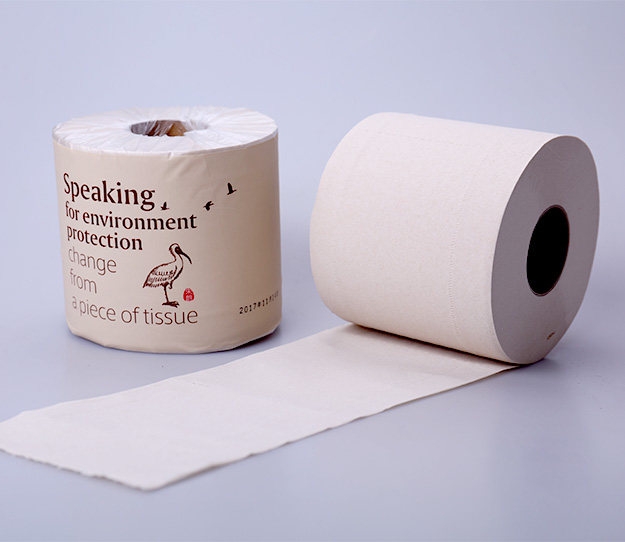
What are Wood Pulp Toilet Papers
Wood pulp toilet paper has long been a staple of modern life—used in everything from books and newspapers to napkins and toilet paper. As one of the most widely produced and consumed paper types in the world, it’s essential to understand what wood pulp paper is, how it’s made, and the environmental implications associated with its use.
Manufacturing Process
Wood pulp toilet paper is made from the fibrous material found in wood. The fibers, primarily cellulose, are separated through mechanical or chemical processes and then pressed and dried into paper sheets. This type of paper is derived mainly from trees such as pine, spruce, eucalyptus, birch, etc
The two main pulping methods are:
- Mechanical Pulping: Grinding wood down into fibers, retaining most of the original wood.
- Chemical Pulping (e.g., Kraft Process): Using chemicals to dissolve lignin and extract pure cellulose fibers.
Advantages
- Softness and Strength: Especially when processed with care, wood pulp can produce soft, strong, and absorbent papers ideal for hygiene products.
- Mass Availability: Due to large-scale tree farming and established supply chains, wood pulp paper is widely available and affordable.
- Customizable Properties: The paper’s texture, absorbency, and durability can be altered during manufacturing to suit different applications.
Environmental Considerations
- Deforestation: Mass harvesting of trees for paper leads to deforestation, reducing biodiversity and disrupting ecosystems.
- Water and Energy Usage: Pulp and paper production is water- and energy-intensive, often consuming vast resources during processing.
- Chemical Pollution: Chlorine-based bleaching agents and other chemicals used in production can pollute water sources and harm wildlife if not properly managed.
- Waste and Decomposition: Although biodegradable, wood pulp paper contributes significantly to landfill waste due to its sheer volume of use.

Comparing Bamboo vs. Wood Pulp Toilet Papers
| Aspect | Bamboo Toilet Paper | Wood Pulp Toilet Paper |
| Raw Material Source | Made from fast-growing bamboo grass | Made from hardwood and softwood trees |
| Sustainability | Highly sustainable and renewable; bamboo grows quickly without replanting | Less sustainable; involves deforestation and long regrowth cycles |
| Environmental Impact | Lower carbon footprint; less water and energy used in production | Higher environmental footprint due to deforestation and processing |
| Softness | Generally soft, though some brands may feel slightly firmer | Typically very soft and plush, especially in multi-ply versions |
| Strength | Strong and durable, even when wet | Varies by brand and ply; can be less durable when wet |
| Biodegradability | Biodegradable and septic-safe | Also biodegradable, but thicker types may break down more slowly |
| Chemical Use | Often made with fewer chemicals; many are bleach- and fragrance-free | Commonly bleached with chlorine and may contain fragrances or dyes |
| Cost | Generally more expensive than wood pulp paper | Usually more affordable and widely available |
| Availability | Growing in popularity; available mostly online or in eco-friendly stores | Widely available in supermarkets and convenience stores |
| Ideal For | Eco-conscious consumers, sensitive skin, septic systems | Budget-conscious households, traditional preferences |
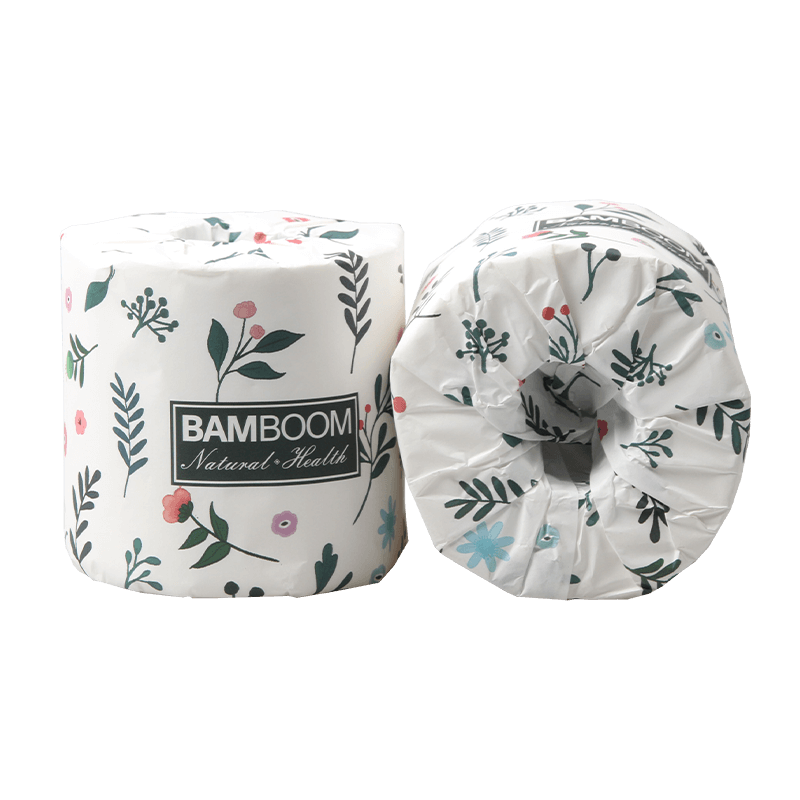
Choosing Between Bamboo vs. Wood Pulp Toilet Papers
1. Environmental Impact
When it comes to sustainability, bamboo has the great advantages. Bamboo is one of the fastest-growing plants on the planet, capable of growing up to 3 feet per day. It requires no replanting after harvesting, making it an incredibly renewable resource. Bamboo farming also tends to use fewer chemicals, such as pesticides and fertilizers, and consumes less water than conventional tree farming.
In contrast, wood pulp paper is derived from trees, which take decades to mature and require replanting after harvesting. This process often contributes to deforestation, especially when sustainable practices are not in place. Additionally, the pulping process for wood can be energy- and water-intensive, with some brands using chlorine bleach and other chemicals that can pollute the environment if not properly managed.
Thus, bamboo toilet paper comes out ahead for its lower environmental footprint, particularly in terms of deforestation and resource usage.
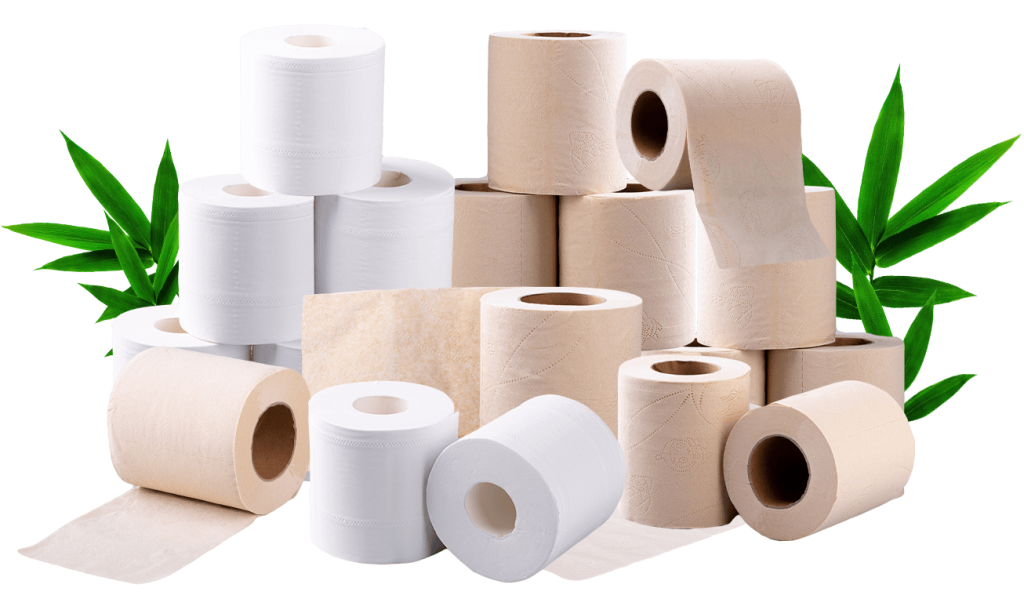
2. Comfort and Performance
Bamboo toilet paper has earned a reputation for being surprisingly soft and durable. While some users report a slight texture difference compared to traditional wood pulp, modern bamboo toilet paper is often designed to be just as gentle and absorbent. Many bamboo toilet paper brands avoid dyes, fragrances, and harsh chemicals, making them ideal for sensitive skin and those seeking hypoallergenic options.
Wood pulp toilet paper is known for its softness, especially with premium brands. It’s available in multiple plies and a wide range of textures to suit different preferences. However, some lower-quality versions can be rougher and contain chemicals like chlorine bleach, which may irritate sensitive skin.
Both options perform well in terms of comfort and strength, but bamboo has the advantage for those with skin sensitivities and those seeking a more natural option.
3. Cost and Availability
When it comes to cost, wood pulp toilet paper generally has the upper hand. It is widely available in supermarkets, often at lower prices, especially in bulk. This affordability and easy availability make it a go-to choice for most consumers.
Bamboo toilet paper, on the other hand, is often more expensive, especially in comparison to budget wood pulp brands. This higher cost is largely due to smaller-scale production and the eco-friendly processes involved. Additionally, bamboo toilet paper is more commonly found online or in specialty eco-conscious stores, although it is becoming more available in mainstream retailers as demand grows.
While bamboo toilet paper may cost more upfront, it is a good investment for those willing to pay a premium for sustainability and chemical-free products.
4. Septic and Biodegradability
Both bamboo and wood pulp toilet paper are biodegradable and safe for septic systems. However, bamboo toilet paper tends to break down faster and more efficiently due to its natural fiber composition and lack of chemical additives. This makes it a particularly good option for households with older plumbing or those wanting to minimize their environmental impact in the wastewater system.
Wood pulp toilet paper is generally safe for septic systems as well, though some versions with added chemicals or thicker, multi-ply designs may take longer to degrade.
In this area, bamboo toilet paper is a better option for those specifically concerned with waste management and plumbing systems.
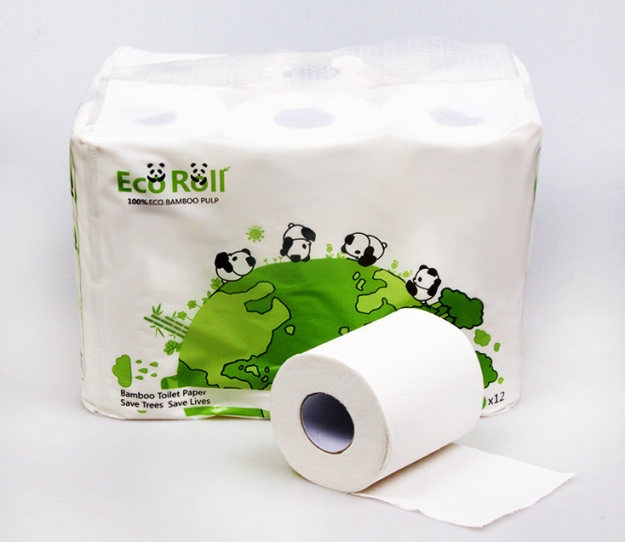
Summary
If environmental sustainability, hypoallergenic properties, and reduced chemical exposure are your top concerns, then bamboo toilet paper is the your right choice. It offers a more eco-friendly solution with fewer harmful impacts on the environment.
However, if cost and availability are more important to you, and you don’t mind a bit of extra chemical processing, traditional wood pulp toilet paper remains a solid, budget-friendly choice.
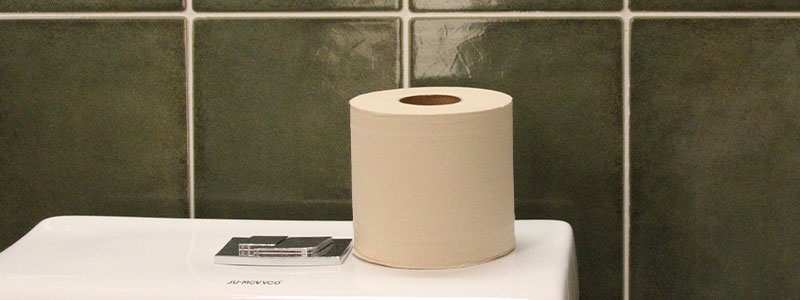
Final Thoughts
Bamboo toilet paper stands out as a sustainable alternative to wood pulp toilet paper. While traditional toilet paper remains dominant in terms of price and availability, bamboo options are rapidly gaining ground due to their environmental and health benefits. Through considering factors like cost, environmental impact, comfort, etc you can make a more informed decision about which toilet paper best suits your needs and values.
